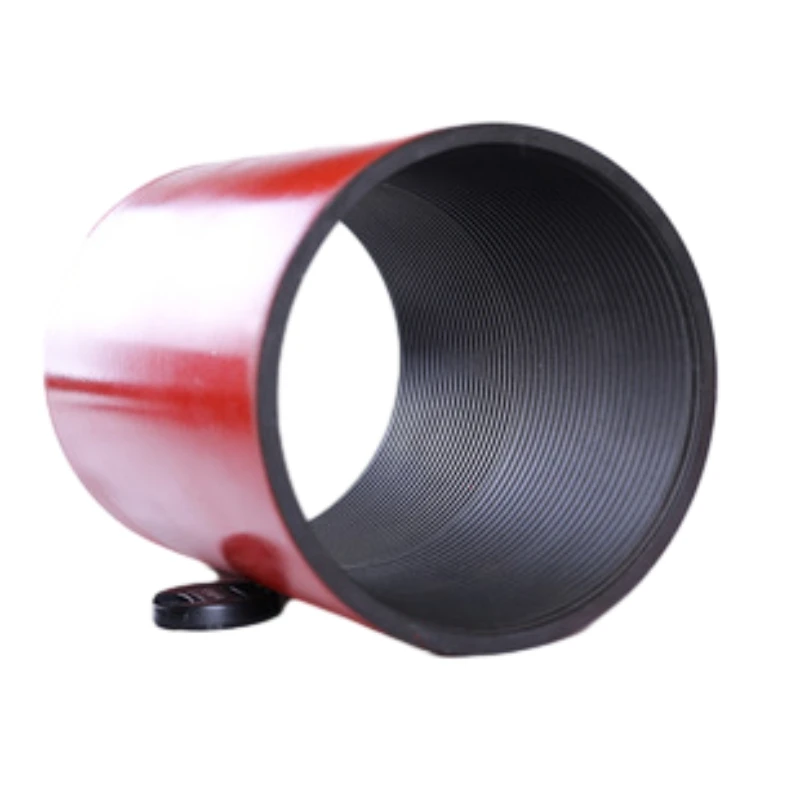- Afrikaans
- Albanian
- Amharic
- Arabic
- Armenian
- Azerbaijani
- Basque
- Belarusian
- Bengali
- Bosnian
- Bulgarian
- Catalan
- Cebuano
- Corsican
- Croatian
- Czech
- Danish
- Dutch
- English
- Esperanto
- Estonian
- Finnish
- French
- Frisian
- Galician
- Georgian
- German
- Greek
- Gujarati
- Haitian Creole
- hausa
- hawaiian
- Hebrew
- Hindi
- Miao
- Hungarian
- Icelandic
- igbo
- Indonesian
- irish
- Italian
- Japanese
- Javanese
- Kannada
- kazakh
- Khmer
- Rwandese
- Korean
- Kurdish
- Kyrgyz
- Lao
- Latin
- Latvian
- Lithuanian
- Luxembourgish
- Macedonian
- Malgashi
- Malay
- Malayalam
- Maltese
- Maori
- Marathi
- Mongolian
- Myanmar
- Nepali
- Norwegian
- Norwegian
- Occitan
- Pashto
- Persian
- Polish
- Portuguese
- Punjabi
- Romanian
- Russian
- Samoan
- Scottish Gaelic
- Serbian
- Sesotho
- Shona
- Sindhi
- Sinhala
- Slovak
- Slovenian
- Somali
- Spanish
- Sundanese
- Swahili
- Swedish
- Tagalog
- Tajik
- Tamil
- Tatar
- Telugu
- Thai
- Turkish
- Turkmen
- Ukrainian
- Urdu
- Uighur
- Uzbek
- Vietnamese
- Welsh
- Bantu
- Yiddish
- Yoruba
- Zulu
casing threads and couplings
Casing Threads and Couplings Essential Components in Oil and Gas Production
In the oil and gas industry, the extraction of resources requires robust and reliable equipment. Among these components, casing threads and couplings play a critical role in ensuring the integrity and efficiency of drilling operations. These elements are vital for securing well casings, facilitating the flow of hydrocarbons, and providing structural support to the borehole.
Understanding Casing and Its Importance
Casing is a series of steel pipes that are installed in the drilled wellbore. It serves multiple purposes, including protecting the wellbore from collapse, preventing the contamination of groundwater, and providing a conduit for oil and gas production. The installation of casing is a crucial step in well construction, and the success of this process depends on the quality of the casing threads and couplings used.
The Role of Casing Threads
Casing threads are designed to connect individual lengths of casing together. These threaded connections must withstand high-pressure environments and resist corrosive elements found in the subsurface. The precision of these threads is paramount; any defects can lead to leaks, leading to potential failures or environmental hazards. Common types of casing threads include API (American Petroleum Institute) threads and premium threads, which are tailor-made for specific well conditions.
API threads are standardized, ensuring compatibility across various manufacturers and reducing the risk of operational issues. However, in extreme downhole conditions, where pressure and temperatures exceed typical levels, premium threads offer enhanced performance. These advanced designs feature special geometries and materials that provide additional strength and resistance to wear and corrosion.
Couplings The Connective Tissue of Casing
casing threads and couplings

Couplings are short pipes equipped with threaded ends, used to connect the lengths of casing securely. They are critical in maintaining the structural integrity of the casing string and ensuring that the casing remains aligned and sealed. Couplings must bear significant mechanical loads and withstand harsh environmental conditions, including high pressures and temperatures.
The design and manufacturing of couplings also rely on standards set by the API and other industry regulators. Couplings must be tested rigorously to guarantee their performance under specific conditions. Innovations in coupling design have led to products with enhanced tensile strength and fatigue resistance, further improving the reliability of the entire casing system.
Challenges and Innovations in Casing Technology
While the technology surrounding casing threads and couplings has advanced, the oil and gas industry constantly faces challenges. The increasing depth of drilling operations, combined with the pursuit of unconventional resources, means that equipment must evolve continually. The trend towards deeper and more complex wells necessitates the development of new materials and engineering solutions that can handle extreme conditions.
Innovative approaches such as the use of corrosion-resistant alloys and advanced threading techniques can enhance the durability of casing and couplings. Additionally, the incorporation of digital technologies, such as real-time monitoring systems, helps operators track the performance of the casing throughout its lifecycle, allowing for timely interventions and maintenance.
Conclusion
In conclusion, casing threads and couplings are foundational elements in the oil and gas industry, pivotal for the safe and efficient extraction of resources. Their design, manufacturing, and maintenance are critical to the overall success of drilling operations. As the industry faces ever-increasing challenges, ongoing innovations in casing technology will be essential to ensure that these vital components continue to meet the rigorous demands of modern oil and gas production. Through careful engineering and adherence to industry standards, operators can safeguard the integrity of their wells and minimize environmental risks, all while optimizing production efficiency.
-
Tubing Pup Joints: Essential Components for Oil and Gas OperationsNewsJul.10,2025
-
Pup Joints: Essential Components for Reliable Drilling OperationsNewsJul.10,2025
-
Pipe Couplings: Connecting Your World EfficientlyNewsJul.10,2025
-
Mastering Oilfield Operations with Quality Tubing and CasingNewsJul.10,2025
-
High-Quality Casing Couplings for Every NeedNewsJul.10,2025
-
Boost Your Drilling Efficiency with Premium Crossover Tools & Seating NipplesNewsJul.10,2025







